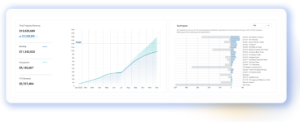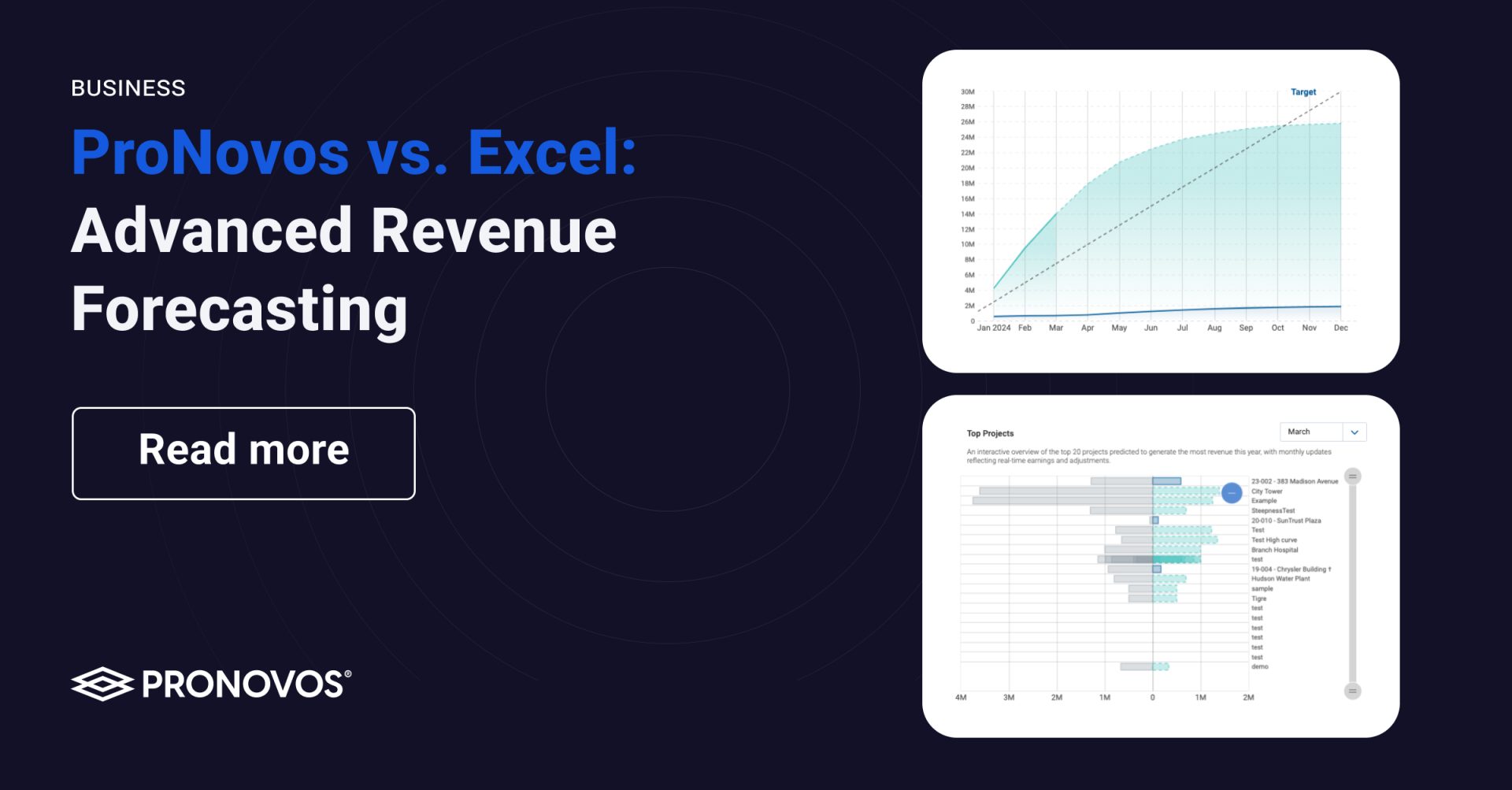Bright’s demo of some of ProNovos’ office-to-field capabilities starts with a look at our “project list” page. The dashboard gives subs’ field personnel easy, one-stop-shop access to essential information for active projects, including addresses, maps, start times, names and more.
The platform’s project information tab, Bright noted, allows users to quickly fix mistakes that otherwise could have persisted among multiple field personnel. “Let’s say I’ve got the wrong address in here—it’s not 500 Oak Road, it’s actually 501. I can quickly update it and communicate that information to everyone that has access to the project,” he explained. “I’m not having to send out texts or emails. You change one location, and everybody can see it.”
Other fields allow users to enter additional information, like different addresses for sending invoices or making deliveries, or even inputting specific driving directions. “I can’t tell you the number of times I would get a call from my foreman or superintendent where they said, ‘Hey the delivery is here, but I don’t know where the driver is,’” Bright recounted. “Seemingly small things like making sure people have the right directions can go a long way.”
The settings within ProNovos also allow admins to create custom fields with trackable information for projects in the system. During the demo, Bright created a field for whether active projects were unionized. Other frequently tracked data points here include prevailing wage status, whether the project has a performance bond, and specific scope inclusions/exclusions. “Now if I go back to my project, we’ll see that this union status indicator has popped up,” he said. “It’s a really good tool for when a subcontractor has specific things to track.”
ProNovos also offers detailed labor tracking by project. “You can keep track of all your team members and their contact information,” Bright said, contrasting this with the ad-hoc approach that is so common on busy job sites. “I remember being on job sites and saying, ‘Hey, we need to get a hold of this guy with the electrical sub,’ and the foreman or superintendent would go into his truck and pull out a piece of cardboard with that person’s phone number scribbled across it,” Bright said.
Contractors might not always have a piece of paper and a pen, but they’re never without their phones. In ProNovos, both office and field users can use mobile devices to contact information into the system, making it accessible to all. “If you want Casey Johnson, you click his number and it starts dialing,” Bright said.


